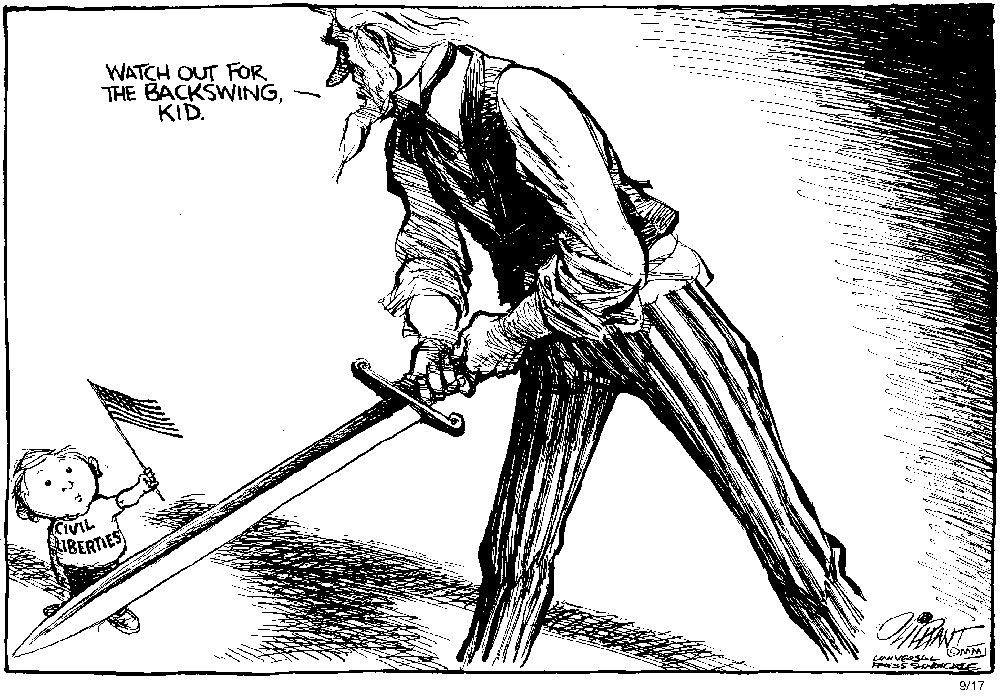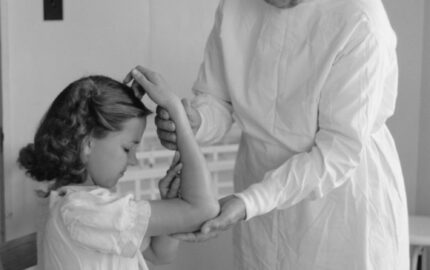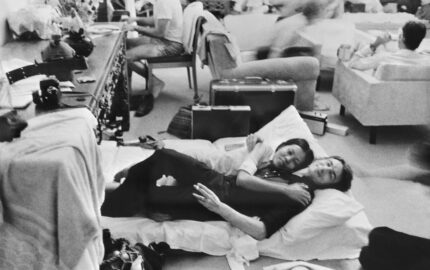It was the mid-1980s when I read my first Pat Oliphant cartoon. I was a teenager prowling around in the back of a dusty used bookstore searching for cartoons. Sandwiched in the art section were two small shelves that held books of cartoons—mostly compilations of newspaper comics and old New Yorker cartoons. It was there I stumbled upon a small collection of Oliphant’s work covering the first term of the Reagan administration. I fell in love.
Swirling on these pages was a perfect mix of art and opinion. In a single, inky stroke, Oliphant’s masterful brush line could be both brutally powerful and fragile. He effortlessly created sublime caricatures of politicians like Reagan, Watt, Kissinger, and Arafat that somehow looked more like them than they actually did. His visual metaphors and dramatic compositions were almost operatic—big, bold drawings that cut straight to the heart of any political issue, and were delivered with a touch of humor. Oliphant changed my understanding of what an editorial cartoon could be.
Years later, I had become a political cartoonist and was working for a newspaper in Washington, D.C. I had worked through the Clinton years and now found myself struggling in the post-9/11 environment. In these early days, tone was so difficult to negotiate for cartoonists. The nation, and my editor, wasn’t ready for the sharper end of a cartoonist’s pen.
But then Pat Oliphant created what I consider to be one of the greatest editorial cartoons of the last hundred years. Simple in its execution, it shows a tattered, embattled Uncle Sam, a reference to a cartoon he drew the day after the 9/11 attacks, but this time, Uncle Sam, sleeves rolled up, holds the sword of war, ready to swing. Behind him, a small, vulnerable child with an American flag stands watching as Uncle Sam says, “Watch out for the backswing, kid.”
What seems to be a gentle critique is actually a somber, profound, and prescient warning on what we were about to unleash. Oliphant found the perfect balance of tone and voice. He made it possible for me to understand how to deliver cutting satire in a way that my readership, still reeling from the attacks, could digest until they were able to handle more.
Watch out for the backswing, kid
By Pat Oliphant
The Washington Post, Sept. 17, 2001
Cartoon




